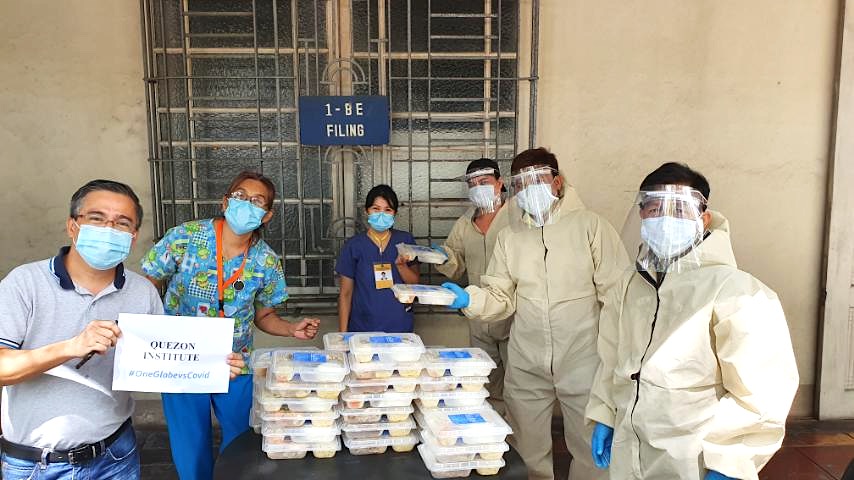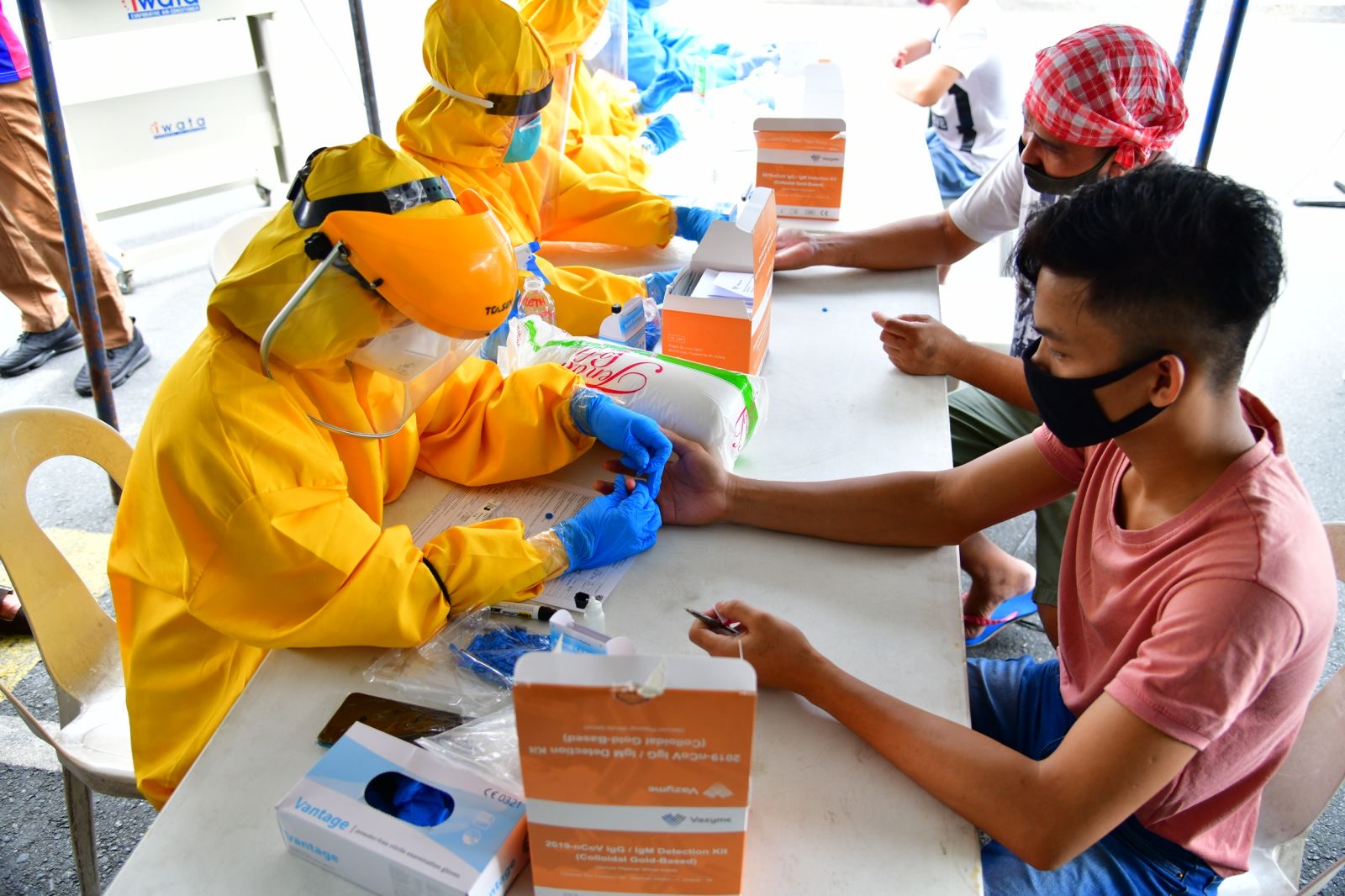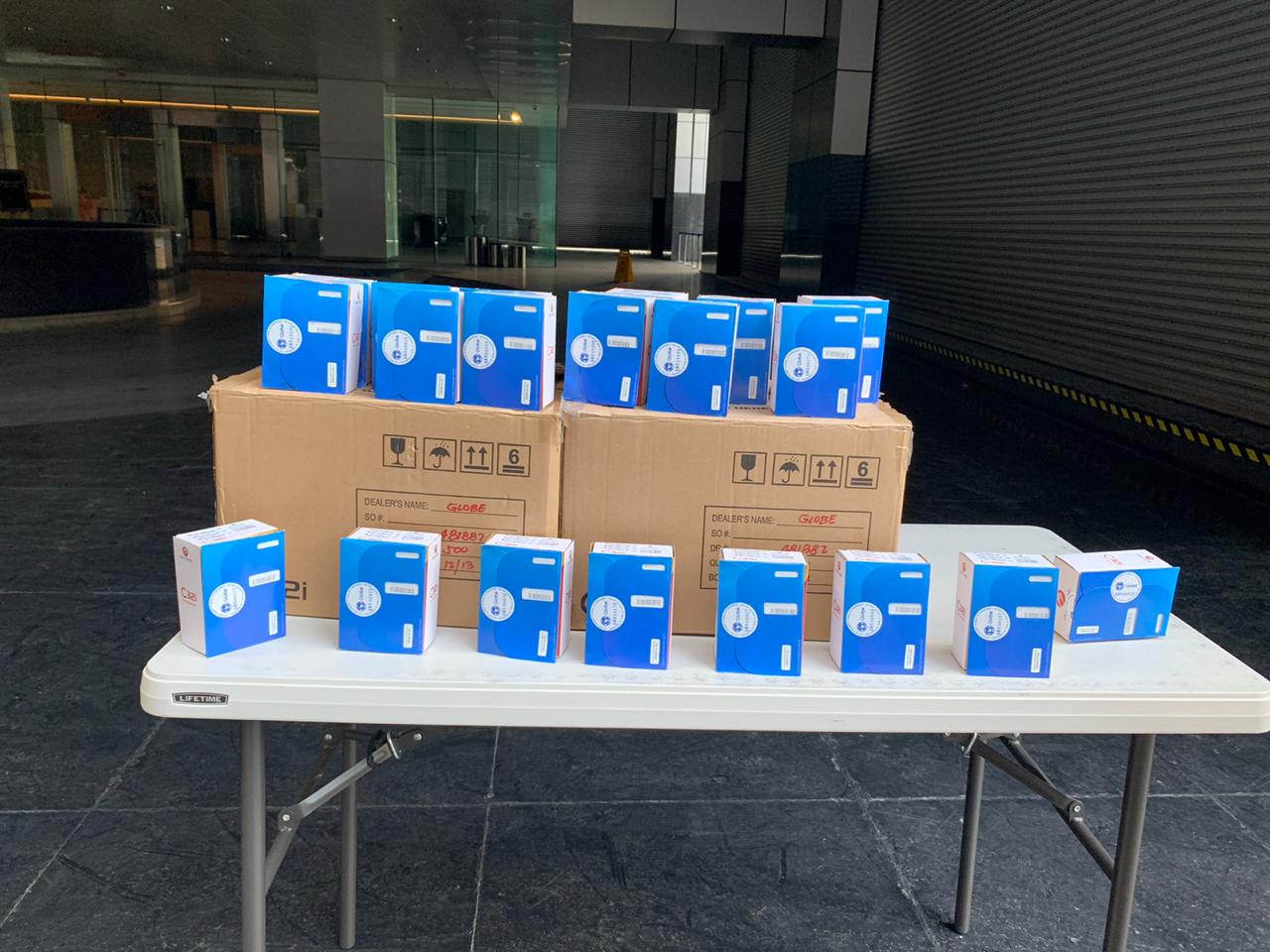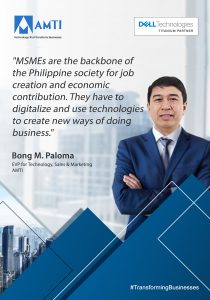Japan’s work culture gets a needed COVID-19 shock
By Noah Smith
Japan’s corporate culture is stuck in a bad place. But the coronavirus pandemic might have given it just the nudge it needs to get out of the trap.
From the 1960s through the 1980s, the country developed a corporate system that worked well. Managers, rather than shareholders, controlled companies, allowing long-term planning and investment, keeping employment levels high and fostering economic equality. Workers were hired with the presumption that they would be at one company for their entire career, which gave their employer an incentive to spend lots of resources training them. And everyone worked very long hours.
Since the 1990s, that system has been under strain. Powerful elderly senior managers, promoted up through the ranks, have often proven unwilling or unable to shift business models or organizational structures in response to changes in technology, consumer demand and trade. Long hours left workers exhausted and made it hard for them to take care of their children. Managers used to focusing on how many hours workers sat at their desks are often unable or unwilling to examine how much work is actually getting done. Lifetime employment became a trap; workers were unable to switch employers, reducing the flow of knowledge and expertise between companies and stifling mobility for ambitious young people. And clubby workplace male-bonding culture created a huge barrier to gender equality.
The Japanese government is aware of the problem, and has been attacking it in various ways — discouraging long hours, pushing companies to shift to a shareholder-value business model and encouraging gender equality. But while some progress has been made on corporate governance and hiring of women, the entrenched culture of long, unproductive work hours and management models focused on maximizing inputs rather than outputs, has proven very tough to crack. It’s easy to tell people to go home earlier, but that doesn’t automatically teach managers how to evaluate productivity.
But the shock of coronavirus may provide corporate Japan with just the solution it needs. Japan wasn’t hit very hard by the virus, for reasons still poorly understood. But the country did implement some social distancing measures in April and early May, and one of these was to encourage companies to let employees work from home part of the time.
Many needed no prodding. For example, Dentsu, an advertising company famous for working an employee to death in 2017, had 5,000 workers go remote after one got infected. Japanese companies that produce laptops and other tools for remote work have seen orders surge, while companies that create teleworking software are doing brisk business.
Working from home can encourage a culture of productivity in several ways. First, it can push managers to measure work not by the number of hours an employee logs in a chair, but by the number of discrete tasks that the worker completes in a given time. That in turn encourages managers to think carefully about which objectives are actually important, in order to assign the tasks. Second, working from home pushes workers to think about how they spend their time. At home, there’s often the option of doing housework or child care, forcing workers to budget their time-on-task. This flexibility has the added benefit of making it easier for parents to take care of kids while holding down full-time jobs, which might help increase the country’s chronically low fertility rate. Finally, working from home saves on commuting time.
That’s the theory, anyway. So far, the results are encouraging — at least, anecdotally. After GMO Internet Inc. sent its workers home earlier than other companies, its chief executive officer was so pleased by the results that he found himself questioning the need for an office at all. More than 60% of Japanese workers say they want to continue working from home after the pandemic has passed, and several big electronics companies and financial companies have declared that some remote work will continue for the foreseeable future. The country’s biggest business organization, Keidanren, suggested that telework policies should be made permanent.
The shift isn’t going to be easy for Japan. It will take some time for workers and managers to learn to adapt to the new output-oriented style of work; it’s no surprise that a substantial percentage of Japanese workers say that working from home has reduced their efficiency. But the long-term benefits are likely to exceed the short-term costs.
The Japanese government, as well as organizations like Keidanren, can help ease the transition. One step is to disseminate information about software and hardware tools that facilitate videoconferencing, data security, and other essential elements of remote work. Tax breaks for companies with remote-work options are another possibility. And big media organizations such as national broadcaster NHK can air educational programs and documentaries helping people understand and embrace the shift to remote work, or even entertainment programs showing remote work as a social norm.
Japan’s outmoded, inefficient corporate culture is one of the country’s main obstacles to regaining lost competitiveness, raising productivity and creating a more accommodating work-life balance. Remote work could be the shock that Japan’s corporate culture needs.
BLOOMBERG OPINION






